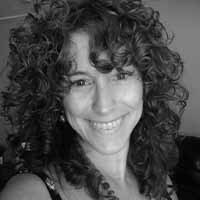Question
How do sensory and stress responses manifest in dysregulated students, and what are the distinguishing characteristics of "sensory seekers" and "sensory avoidants"?
Answer
In dysregulated students, sensory and stress responses often manifest in two distinct types: "sensory seekers" and "sensory avoidants," or a combination of both. Sensory seekers typically exhibit hyper-aroused behaviors, characterized by impulsivity, heightened emotional states (such as anger), a sense of being 'out of control' or disruptive, and poor behavioral choices. These students may display aggression or combativeness as a result of their heightened sensory seeking. On the other hand, sensory avoidants present hypo-aroused characteristics, appearing unmotivated, sluggish, or like a 'bump on a log.' They may withdraw and shut down, attempting to flee from their surroundings, and often face challenges in maintaining attention.
It's crucial to recognize that both sensory seekers and sensory avoidants are dysregulated, struggling with the self-regulation necessary for effective learning. The outward "acting out" behavior observed in these students serves as a signal of the nervous system's need for self-regulation, emphasizing the importance of addressing sensory and stress responses to create an environment conducive to learning and emotional well-being.
This Ask the Expert is an edited excerpt from the course, Yoga Tools for Children K-5: Mindful Movement for Pediatric and School-Based Therapists by Amy M. Starkey, COTA/L, CTP-E, CYMHS.
